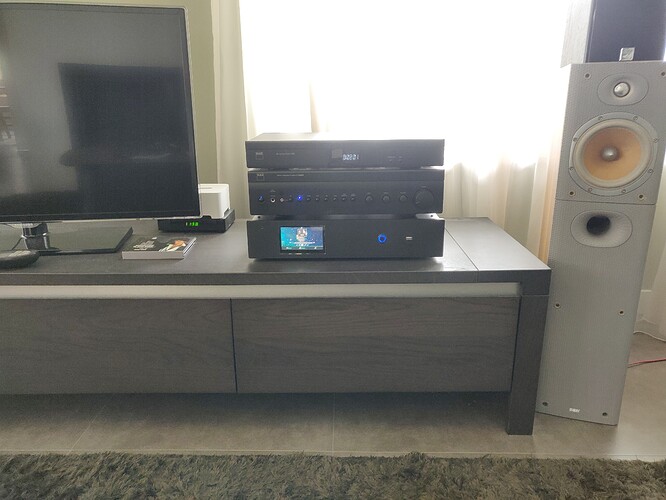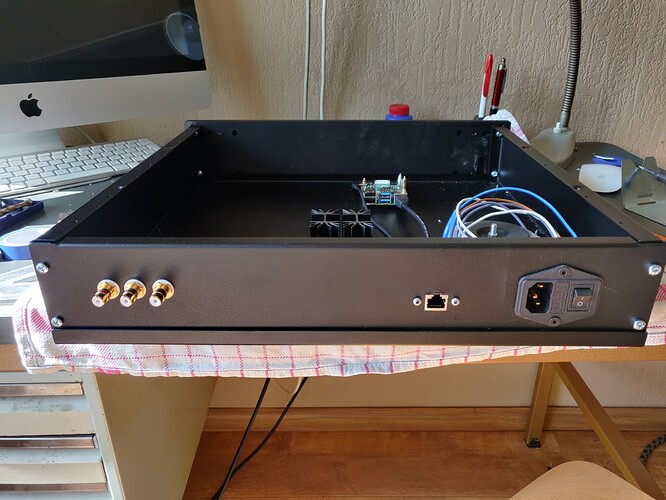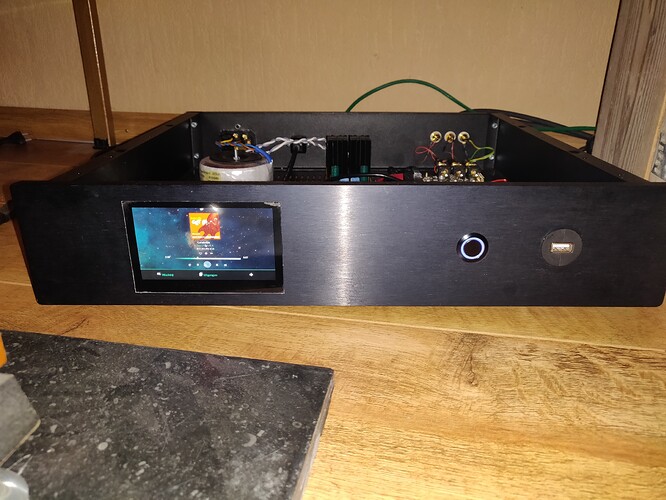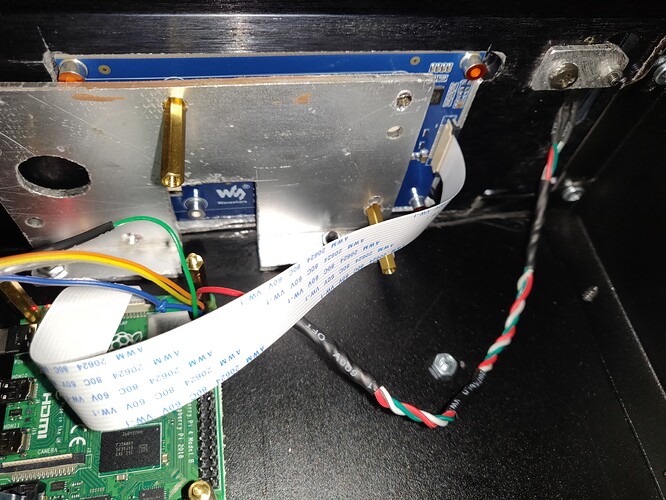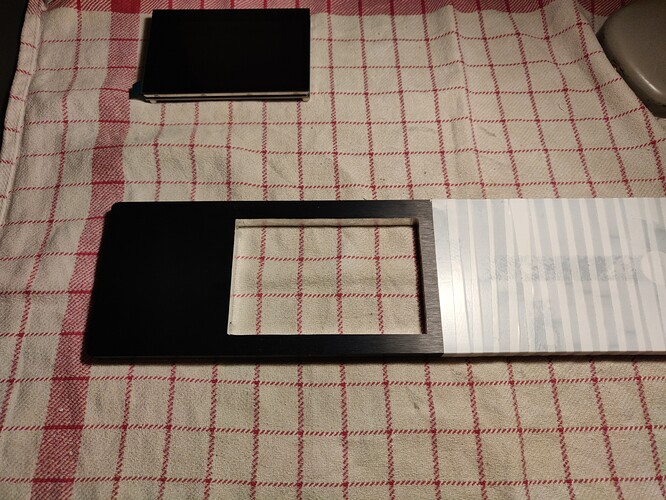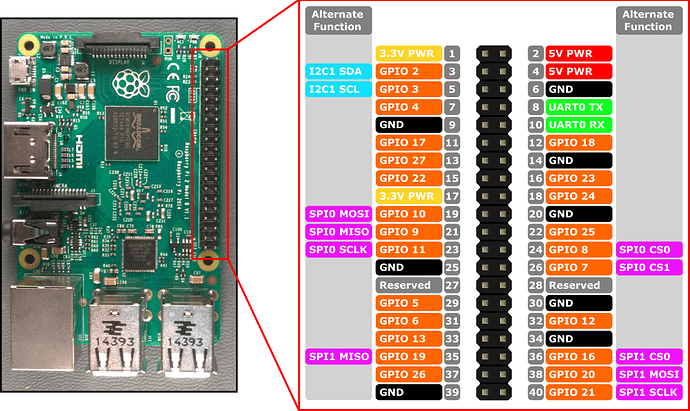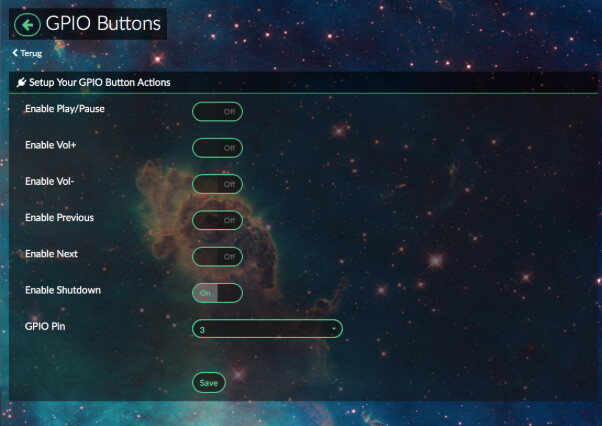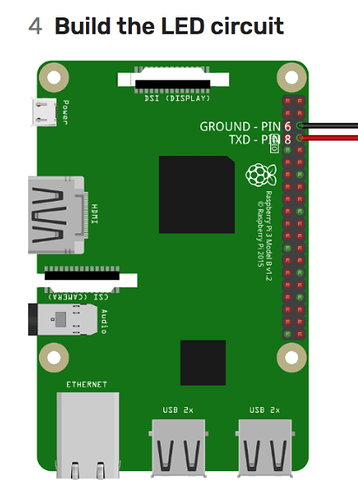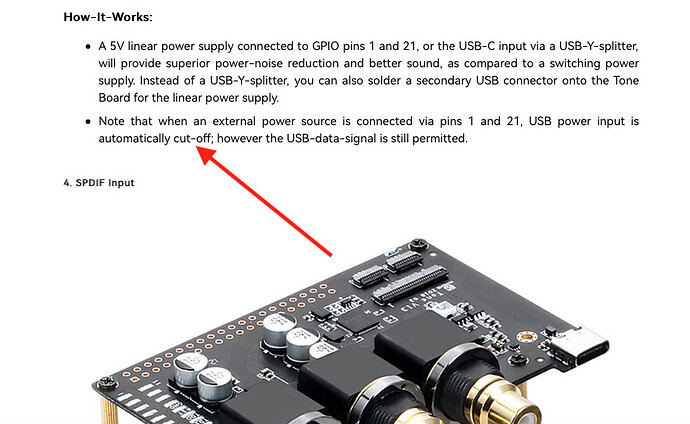Made another streamer last week, now for my brother-in-law.
if you want to build it, below are the parts used for this project.
more photos are below.
pay attention! do not use the power supply Power Module A-19 2x3-20V LT1083, this will in principle get too hot and can cause problems in the long run.
therefore try to use another suitable power supply yourself.
see also post from @livs
a bit of soldering experience is a must.
I did the cutout for the 4.3 inch SDI touch screen by hand, it is best to do this with a CNC machine.
see last photo how I secured/screwed this.
for the external 5volt for the khadas I use Solution 2 (warranty valid): , see link. https://www.khadas.com/post/tone-1-separating-data-power-connections
pay attention! make sure you use the correct polarity, if you do it wrong then the khadas will break … you have been warned!
so just use the supplied usb c cable and leave it intact and as an extra use the external 5 volts, it is automatically switched when it detects 5 volts.
it also makes no sense to separate the data and voltage lines of the usb c with a raspberry pi, this only works with a khadas vim board and not with a raspberry pi.
for those interested, here’s a review of the khadas tone1.
the stuff below that I used for this project, most of it was ordered from audiophonics.
1x khadas tone1 as usb dac and spdif input for a cd player, of course other transport can also be used for spdif.
I supplied the khadas separately with 5 volts.
1x raspberry pi 4b 2gb model.
why a pi4? because the usb buses are separate and sound better with a usb dac than a pi 2/3/3+
1x 4.3inch Capacitive Touch Display for Raspberry Pi, DSI Interface, 800×480.
+++display is compatible with the official volumio touchscreen plug-in+++
1x Ribbon cable official Raspberry Pi 7” LCD Touchscreen Display 20cm.
1x hifi 2000 Case 2u 400mm - front 10mm black.
1x Power Module A-19 2x3-20V LT1083.
1x Toroidal Transformer 60VA 2x8V.
1x Aluminium Push Button and Pre-Welded Connector with Blue Light Circle Ø19mm Black.
make sure you put a resistor between the led and the gpio pin off the raspberry pi.
1x IEC Gold Plated Copper + Switch + 10A Fuse Holder.
1x Pass Through Panel RJ45 Ethernet (Panel Mount) 33cm.
1x Male 90° Angled USB-C to Bare Wires Power Cable 22AWG 25cm.
1x Panel Mount USB-A 2.0 Male to Angled USB-A 2.0 Female Black 0.5m.
3x WM AUDIO CS-315G RCA Plug Carbon Gold Plated Ø6.5mm.
3x ELECAUDIO ER-101 RCA Headers External Screwing.
1x Infrared IR TSOP32338 receirver 38Khz directivity 45°.
Pack x100 Heat-shrink tubing 2:1 Ø1.5-13mm Black (1m).
Female - Female 2.54 to 2.0mm GPIO Jumper Wires 20cm (x40).
1x INTENSO Memory Card Micro SDHC Class 10 32Gb.
Soldering tin - Lead free soldering 16gr.
